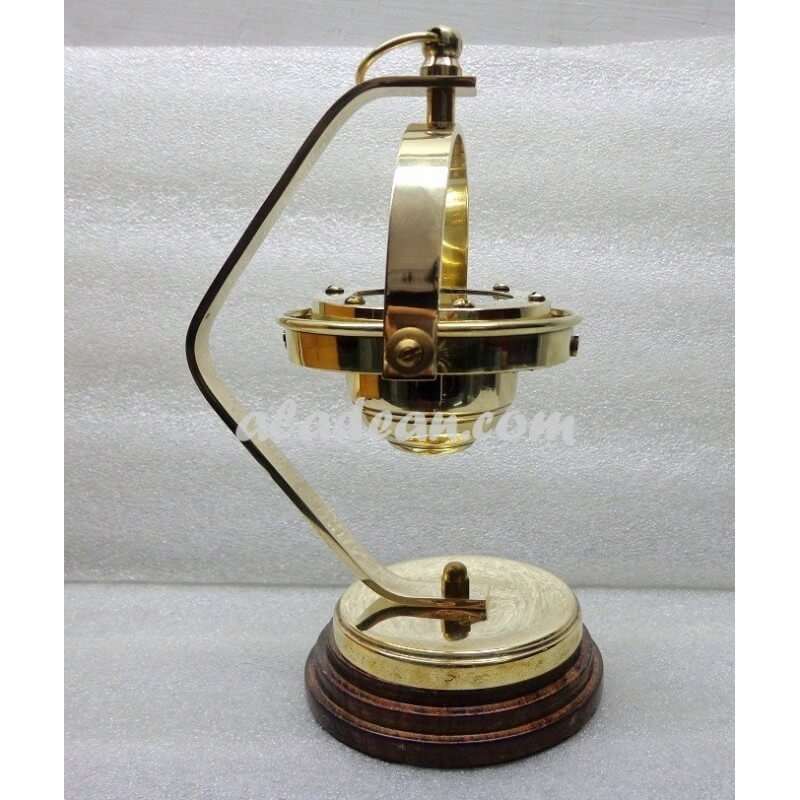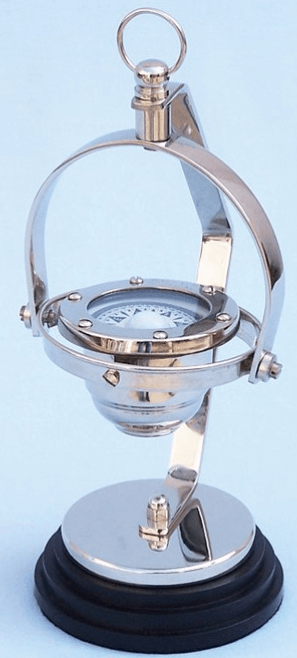In working brown iron-ore mines on the system employed at Longdale, namely, stoping from the top down, the usual procedure is to drive a succession of upraises from the lowest adit to the highest, or to the top of the deposit, as the case may be. These upraises are usually driven 120 feet apart, along the strike of the vein. As the work goes on, they are connected by levels, 10 feet, apart (vertically), and then serve as chutes.
A transit is useless in surveying these chutes, and the writer has for several years made use of a hanging compass. The method of using this instrument, described in a former paper [Trans., xx., 105), embracing as it does the use of a cord and several strips of wood, is well enough in the chutes proper, where the total distance to be surveyed is comparatively small, but when extended to the levels between the chutes becomes very slow and cumbrous. It was to obviate this objection that the instrument here described was devised.

My first idea was to carry another compass of the ordinary type, but the additional weight, and inconvenience of carriage through the steep and narrow chutes caused this plan to be abandoned. After some correspondence with the instrument-makers to ascertain the practicability of the change, the instrument herewith illustrated in Figs. 1, 2 and 3, was ordered.

In these figures, A is the compass swung in gimbals, as in the usual form of the instrument; B and B’ are two small levels, sunk into the bottom of the compass-box, one on the N.-S., and the other on the E.-W. line. With these the instrument can be levelled perfectly. Outside levels would have interfered with the gimbals.
The folding sights are of the usual pattern. In surveying in the chutes these are never raised, unless the line of sight is near the magnetic meridian.
D is a plate into which the cap E of the Jacob’s staff screws. This departure from the usual form of Jacob’s staff-heads, in which the instrument turns on a spindle, the prolongation of the ball of the ball-and-socket joint, was occasioned by the necessity of having, an easily portable instrument. The socket for the usual spindle would have made the carrying-case much too bulky.
The compass having been made fast to the head, revolves on the center F; the head E turning with the instrument.
In surveying the levels, the screws G and G’ are loosened, and the compass is taken out of the gimbals. It is then used with the Jacob’s staff, as in the ordinary form of the instrument.
With the arrangement above described, which entails the carriage of only one extra piece (the Jacob’s staff), the levels can be surveyed in about one-half the time formerly occupied, and the portability of the instrument is not affected. Also better speed can be made in the chutes, as the slight extra weight, especially that of the plate D, makes the compass a great deal steadier on the cord.
For further details of the conditions and method of surveying at the Longdale mines, I refer to my paper in the Transactions, already cited, to which this is merely supplementary.
